
Dream Test XI - Batsmen with highest Batting averages for each position
With cricket and sports in general, coming to a standstill, life might seem futile to the hardcore sports fans. What should have been the advent of the IPL season is now a lull as we all stay home, stay safe, and wash our hands frequently.
It is a good time to binge on our favorite cricketing moments on Youtube, discuss them with our friends on Whatsapp groups, read articles and books on cricketing history, and a lot more. It also is an excellent time to come up with fantasy lineups, what-if scenarios, and reliving our favorite moments.
So, let’s start with a fantasy test lineup, which we never thought we’d want. A lineup of batsmen with the highest batting averages for each position, from 1 to 11. Batsmen (or bowlers) who were the most consistent in a specific batting position. Bringing them together at the peak of their powers would surely spell doom for any other fantasy lineup, right?
Just one housekeeping rule for this list, the batsmen should have batted at least 30 innings in the given position. This team has a heavy trans-Tasman flavor with 3 players from Australia and 2 from New Zealand. England and South Africa have two representatives each, and West Indies & Sri Lanks with one each.
Openers
We must dig deep into the history books to find the most consistent openers. The legendary English opener, Herbert Sutcliffe, and relatively unknown South African, Bruce Mitchell will be lacing up their boots to open for this team.

Making his debut in 1924 against South Africa, Herbert Sutcliffe is one of the English cricketers to have graced the cricketing world. He is often remembered as one of the sport’s best “Bad wicket batsmen”. His performance in the infamous Bodyline series of 1932-33 a true testament to his capabilities as he top-scored in the series with 440 runs. His overall batting average is the 7th highest among all batsmen in the history of Test cricket
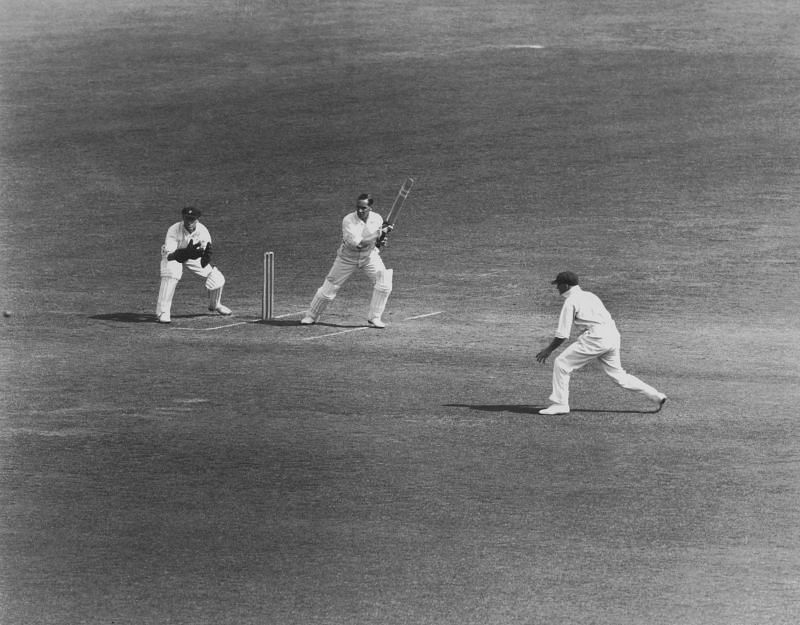
The relatively unheralded, Bruce Mitchell, made his debut against England in 1929 and was a stalwart of the South African team in his time. He opened for South African for most of his career and found most of his success in that position. His Magnum opus came in 1947 against England, as his twin centuries almost helped South Africa chase down 451 in a test.
Middle Order
Moving onto some familiar names, the middle order would certainly put forth an insurmountable challenge for the opposition bowlers. Sir Don Bradman would walk in at 3, followed by Steve Smith, Joe Root, and Shivnarine Chanderpaul.

If there was one name that would have been a unanimous guess for anyone who started reading this article, it would have been Sir Donald Bradman. A career average of 99.94, and an average of 103.63 coming in at 3. Enough said.
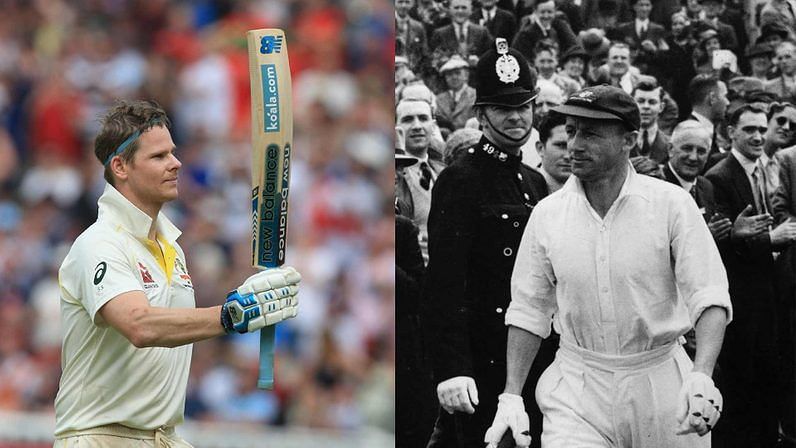
He will be followed by someone who is often referred to as the second coming of Don Bradman, Steven Smith. His returns over the past 5-6 years have been astronomical with no signs of slowing down. A career average of 62.84, and an average of 74.02 coming in at 4, Smith would slot into any fantasy batting lineup with ease.
Joe Root has made the no.4 spot Home over the past few years, but his best numbers have been coming in at No.5. Barely making the cut-off with exactly 30 innings, his average of 69.12 is right in the upper echelon of test match batting. Something for the English team to consider perhaps?
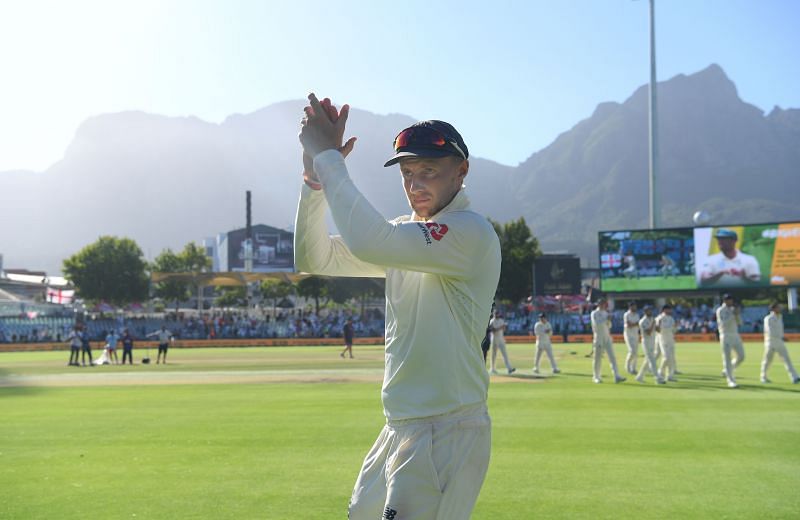
Wrapping up the middle order is the obstinate, Shivanarine Chanderpaul, the lone representative from West Indies. Averaging a ridiculous 64.82 at No.6, Chanderpaul’s stubborn self in the lower middle-order would be an absolute asset for any team.
Wicketkeeper
No, it’s not Adam Gilchrist. He just misses out to a contemporary, potentially equally destructive southpaw. Quinton de Kock. Still, quite early in his Test career, De Kock has been making a name for himself as an aggressive No.7 batsman, not much different to Gilchrist.

With the South African team in a rebuilding phase, and de Kock, in all probability, moving up the order, we could see this record stand for quite some time. A quick side note, Gilchrist averages 46.45 in 100 innings at No.7. Truly insane.
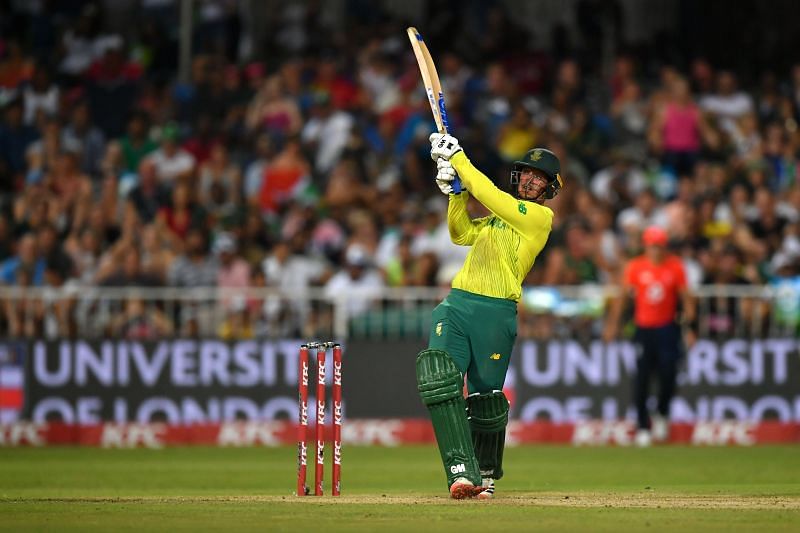
Bowlers
Full disclosure, we had to cheat a bit to get our bowlers in. The highest average at No.9 position was Ian Smith, the New Zealand wicketkeeper, with an average of 28.46. As we already have a keeper in our team, we had to pick the next best to give our bowling attack a boost. Sorry, Ian. We love your commentating, but we had to let you go in this list
Our bowling attack has a heavy southpaw flavor with Dan Vettori, Chaminda Vaas, and Trent Boult joining the Aussie legend Dennis Lillee. Are left-handed bowlers better batsmen than their right-handed peers? Analysis for some other day perhaps

A career average of 30 and 39.77 batting at No.8, Dan Vettori is a dream batsman to have in the lower order. A more than handy option with the ball, Vettori would occupy the all-rounder’s spot in this team.
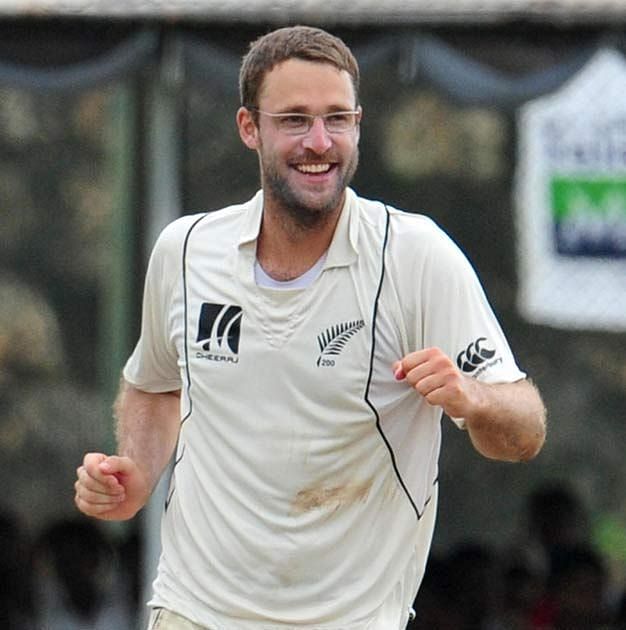
Chaminda Vaas is a name not many would have expected to see on this list. Just edging Ian Smith on “technicalities”, Vaas has a remarkable career average of 24, and 28 at No.8 with the bat. Picking up wickets at a handy 29 runs apiece, he would be a wonderful asset to the team.
Rated as the “Outstanding fast bowler of his generation”, Dennis Lillee will be the leading bowler of this team. A breathtaking career that spanned 13 years and saw him pick up 355 test wickets at just 23, Lillee was not exactly a mug with the bat averaging 19 coming in at No.10. Though his career average of 13 with the bat doesn’t inspire much confidence. But hey, it’s Dennis Lillee.
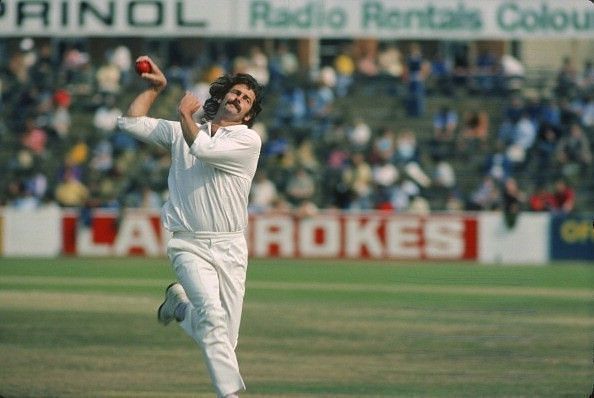
At No.11, is the swing and seam specialist, Trent Boult. An average of 15, coming in at No.11 is remarkable by any standards. Who doesn’t like a 15 – 20 run innings from a tail-ender, boosting the team’s score by 30-40 runs? And he picks up wickets at just 27 runs apiece.
So, who’s up to challenge this team to a test match?